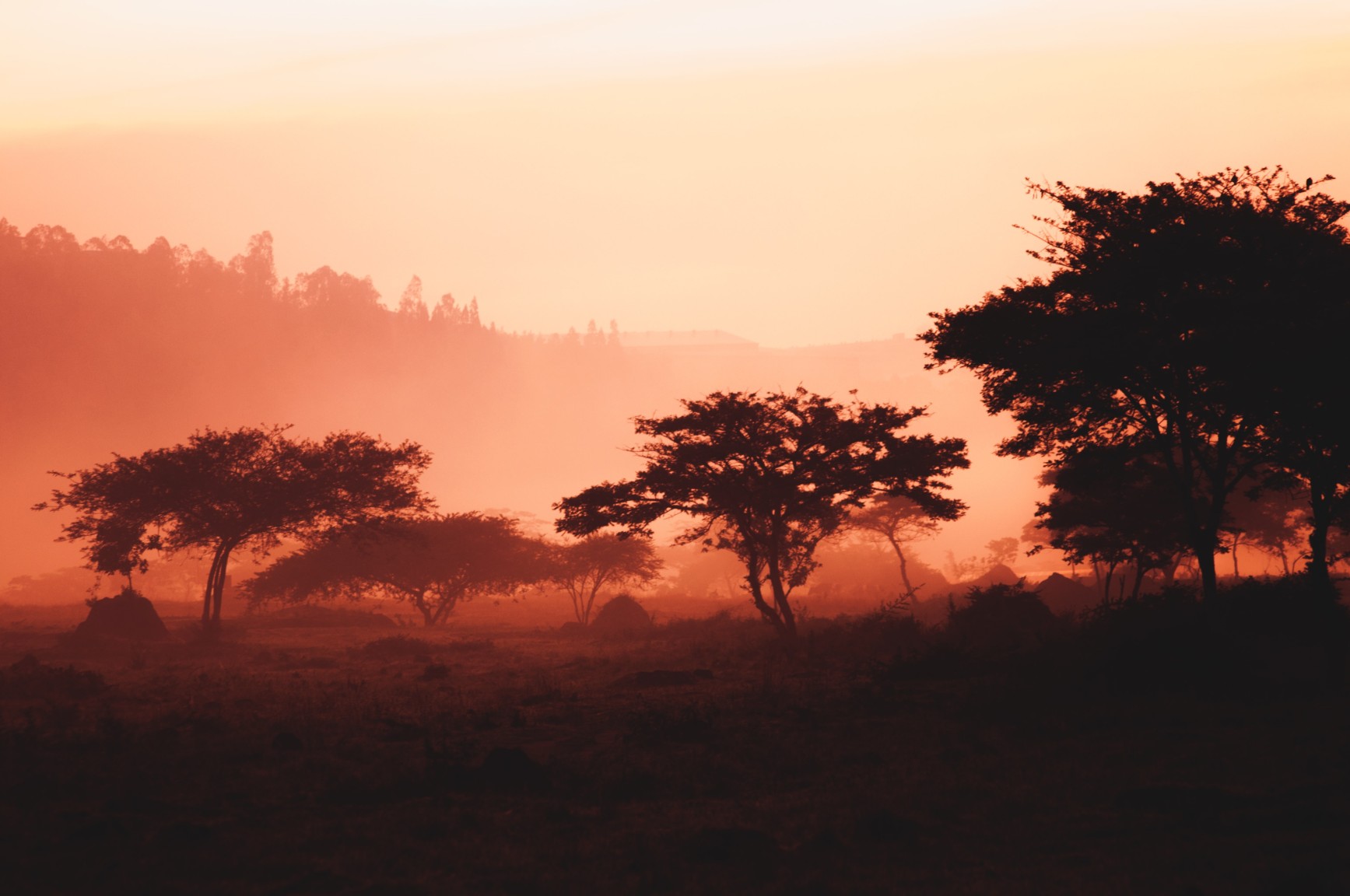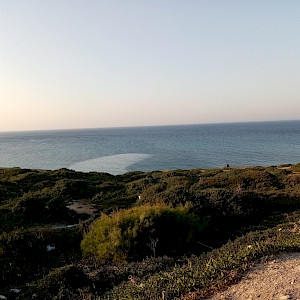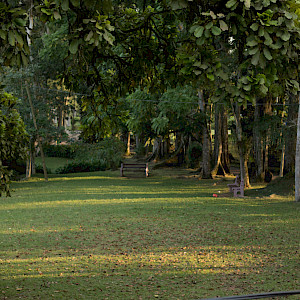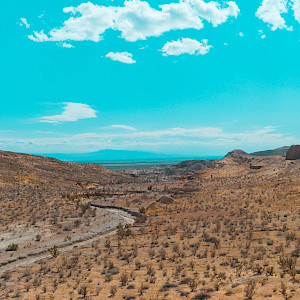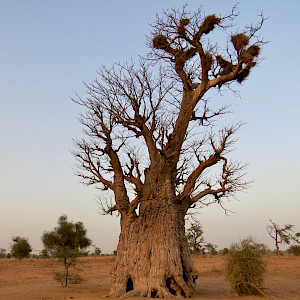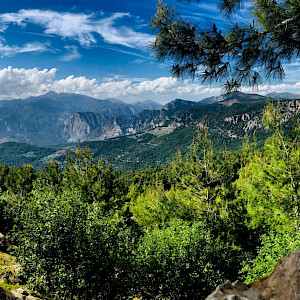Teaching and helping farmers to integrate trees into their lands is integral to a restoration project in a district of Rwanda that supplies most of the water used in the capital city*
Building on years of experience with sustainable land and agro-ecosystem management activities in Rulindo district, The Food and Agriculture Organization of the United Nations provided support to 276 farmers.
The beneficiaries are all located in the Yanze River catchment. Its steep hills, eroding riverbanks, land degradation and runoff from human activities make restoration a key issue for local farmers as well as citizens and industry in the capital, Kigali.
The latest project aims to reduce poverty, improve food security, and protect the environment through agroforestry, construction of bench and progressive terraces, integrated soil fertility management, crop-livestock integration, riverbank protection, and participatory learning.
In 2016, the project established nine Farmer Field Schools in the area and trained 20 facilitators. The facilitators learnt about agroforestry and the importance of the different tree species; the importance of good agricultural practices in the horticultural value chain; vegetable value chain development; and farm and cooperative management.
About 12,000 tree seedlings were established in the community nursery and planted by farmers on their land, covering about 200 hectares of the catchment. They included grafted mango and papaya trees as well as Calliandra and Grevillea species. The latter two species were also planted on terraces to improve their stability; trees were planted along roads.
In addition, 5 hectares of terraces were raised for crops such as beans and maize and the terrace embankments supported with Napier grass and tree species including Calliandra and Leucena to combat erosion. The terraces were built by Rwanda’s environment and climate change fund, known locally as FONERWA.
The project also provided support for vegetable production and marketing. The construction of a vegetable collection centre has given the community an enhanced vegetable value chain. The centre helps farmers secure a higher market price for their vegetables and buyers enjoy higher quality produce from reduced transportation.
The project also provided nine dairy cows to the community to increase milk production and to demonstrate the advantage of organic manure in improving soil fertility. FAO plans to build on this effort by supporting livestock diversification with a focus on small animals.
The funding for this project was relatively low, which encouraged the project team to develop partnerships and strategic alliances. Partners included national and local government authorities as well as non-government organizations with expertise in agroforestry.
*The Food and Agriculture Organization of the United Nations supplied information for this case study.

